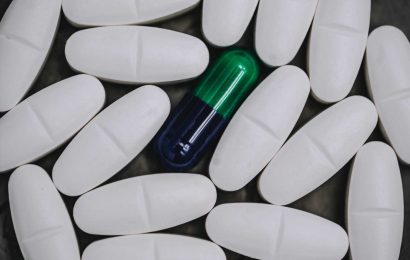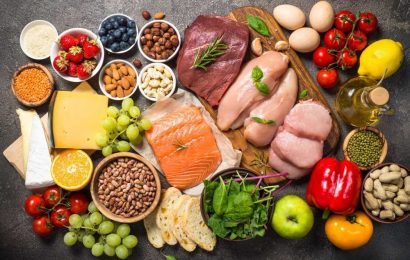MONDAY, Oct. 19, 2020 — New parents preparing a bottle for their baby should know the infant may ingest unwanted microplastics along with the nourishing formula, a new study warns.
High levels of microplastic particles are released from baby bottles during formula preparation, researchers discovered during lab testing.
Infants are likely exposed to an average daily dose of nearly 1.6 million microplastic particles through baby formula they drink from heated plastic bottles, researchers estimated in the Oct. 19 issue of Nature.
It’s not clear whether these particles represent either an immediate or long-term health risk to growing babies, however.
“How the microplastics would affect the infants’ health is still an unknown. There is still no data available,” said study researcher Liwen Xiao, an assistant professor of civil, structural and environmental engineering at Trinity College Dublin in Ireland.
Plastics shed particles as they wear down. Evidence is growing that humans regularly consume large amounts of micro- and nanoplastic particles, either via the food chain or through the direct release of particles from plastic packaging or storage materials into our food, the researchers said in background notes.
Microplastic particles are 5 millimeters or smaller, no bigger than a sesame seed. Nanoplastic particles are even tinier, with a diameter of 1 micron — a human hair has a diameter of about 50 microns.
Earlier this year, a study found microscopic plastic particles in all the major filtering organs of the human body. Plastic had contaminated tissue samples taken from the lungs, liver, spleen and kidneys of donated human cadavers, according to findings presented at the American Chemical Society’s annual meeting.
This research team tested 10 baby bottles that account for nearly 7 out of 10 bottles used around the world to feed infants, and found that heat was closely tied to the release of particles.
Bottles made of polypropylene plastic released up to 16.2 million microplastic particles per liter of liquid when sterilized and then exposed to warm 158-degree Fahrenheit water, researchers reported.
Warmer water at 203 degrees Fahrenheit caused an even greater release of microplastic particles, as much as 55 million particles per liter.
“The number of detected microplastic particles appears very high,” said Philipp Schwabl, a researcher at the Medical University of Vienna who wrote an editorial accompanying the new study. “However, we do not know the impact of ingesting such microplastic levels on infants or generally on human health yet.”
The hotter the liquid inside a baby bottle, the more microplastics are released, researchers concluded.
“The last thing we want is to unduly alarm parents, particularly when we don’t have sufficient information on the potential consequences of microplastics on infant health,” co-researcher John Boland, a professor of chemistry at Trinity College Dublin, said in a college news release.
“We are calling on policymakers, however, to reassess the current guidelines for formula preparation when using plastic infant feeding bottles,” Boland continued. “Crucially, we have found that it is possible to mitigate the risk of ingesting microplastics by changing practices around sterilization and formula preparation.”
Researchers said parents can reduce the amount of plastic particles in their baby’s formula by following these recommendations:
- Allow the bottle to cool after sterilization, and rinse it out at least three times before use.
- Prepare infant formula in a non-plastic container, then transfer it into a baby bottle after it has cooled to room temperature.
- Don’t shake the formula in the bottle at any time.
- Do not reheat prepared formula in plastic containers.
“This study provides crucial data calling for subsequent investigations to determine if these microplastic particles cause toxic effects or behave like dietary fiber,” said Schwabl. “At the moment there exist no safety or toxicity thresholds for microplastic yet.”
In the meantime, Schwabl said he would recommend that everyone “avoid heating food in plastic containers as far as possible.”
Source: Read Full Article


